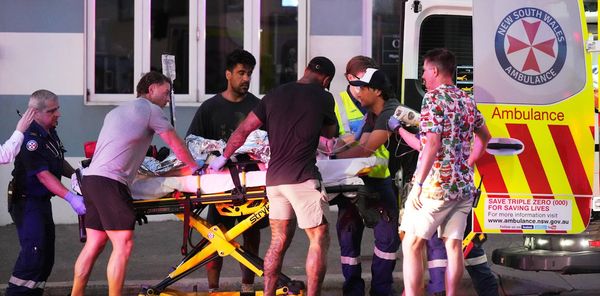
More ducks than usual were counted along the Illinois River Valley, according to Josh Osborn, waterbird ecologist for Illinois Natural History Survey, during the INHS’s aerial waterfowl survey on Oct. 9. The survey came just ahead of he north zone youth season on Saturday and Sunday, Oct. 14-15.
But… strong winds and colder temperatures on the prairies have moved birds into our region, especially the IRV. I estimated 83,580 ducks in the IRV on Monday, 41% more than the 10-year average of ~59,000 ducks. However, early duck abundance along the MS river continues to trend below the LTA. I observed 37,785 ducks along that river this week, 37% below the 10-year average. Again, I expect this trend to be at least somewhat related to later flooding of Clarence Cannon and Ted Shanks refuges. As expected, a large proportion of this week’s count was northern pintail and American green-winged teal. But we did seem to pick up mallards, gadwall, and American wigeon as well.
He noted some other things, too:
Much like last year at this time, it’s pretty dry out there. Hopefully the forecasted rain in central Illinois will provide some much-needed water on our landscape. Refuges that can, continue to slowly add water, especially in the confluence region. In our neck of the woods here at Forbes, Chautauqua NWR and the Rice Lake complex have both been able to bring on more water, but water levels along much of the surveyed area look very similar to what we observed in late September.
Osborn usually includes a cool aside to his reports and this week is a good one on transmitters on ducks:
The Forbes Biological Station is continuing to mark green-winged teal and mallards with GSM transmitters this year. Using these devices, we hope to evaluate dabbling duck movements in relation to varying levels of hunting across the landscape.
As a part of that study, we are also deploying automated recording units (ARUs) on public and private hunting ground to measure the intensity of sound disturbance in hunting areas adjacent to refuges. We conducted some tests on the units during the summer to determine the distance at which they are reliable and had our technicians ground-truth these ARUs last year to ensure they are collecting the desired data. We hope this data will better inform our space-use of refuges and how ducks in our general area respond to different levels of hunting intensity.
If you happen to harvest one of these ducks, please contact us so we can add the information to our database. The best way to reach us is via email: osbornjm@illinois.edu . Our office number is 217-332-3825(DUCK); however, most of our staff are out in the field so please try to email first. We will give you as much information about the bird as possible. Return of the harvested transmitter would also be helpful to add to our study, and we will gladly provide the lucky hunter with a replica (we ordered a lot this year).
Of course, PLEASE report your leg bands to www.reportband.gov
Go to https://forbes-bio-station.inhs.illinois.edu/research/waterfowl-aerial-inventories/ to see the PDFs of the surveys.
More on the Illinois Natural History Survey-Forbes Biological Station and the Frank C. Bellrose Waterfowl Research Center is at www.inhs.illinois.edu/fieldstations/forbes/, so are past waterfowl aerial surveys.







